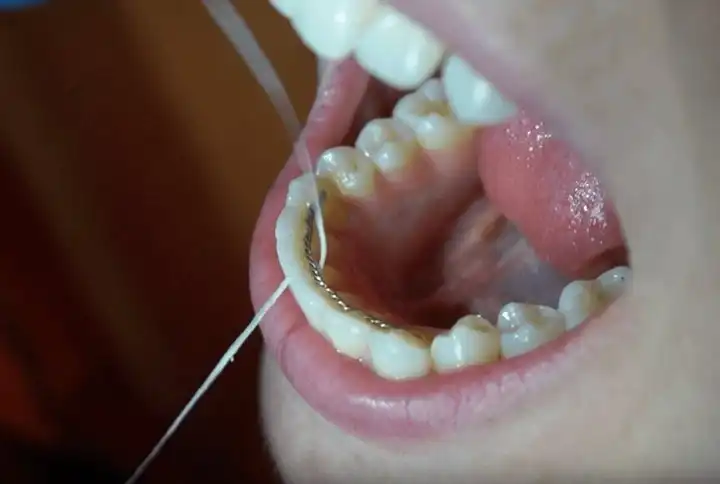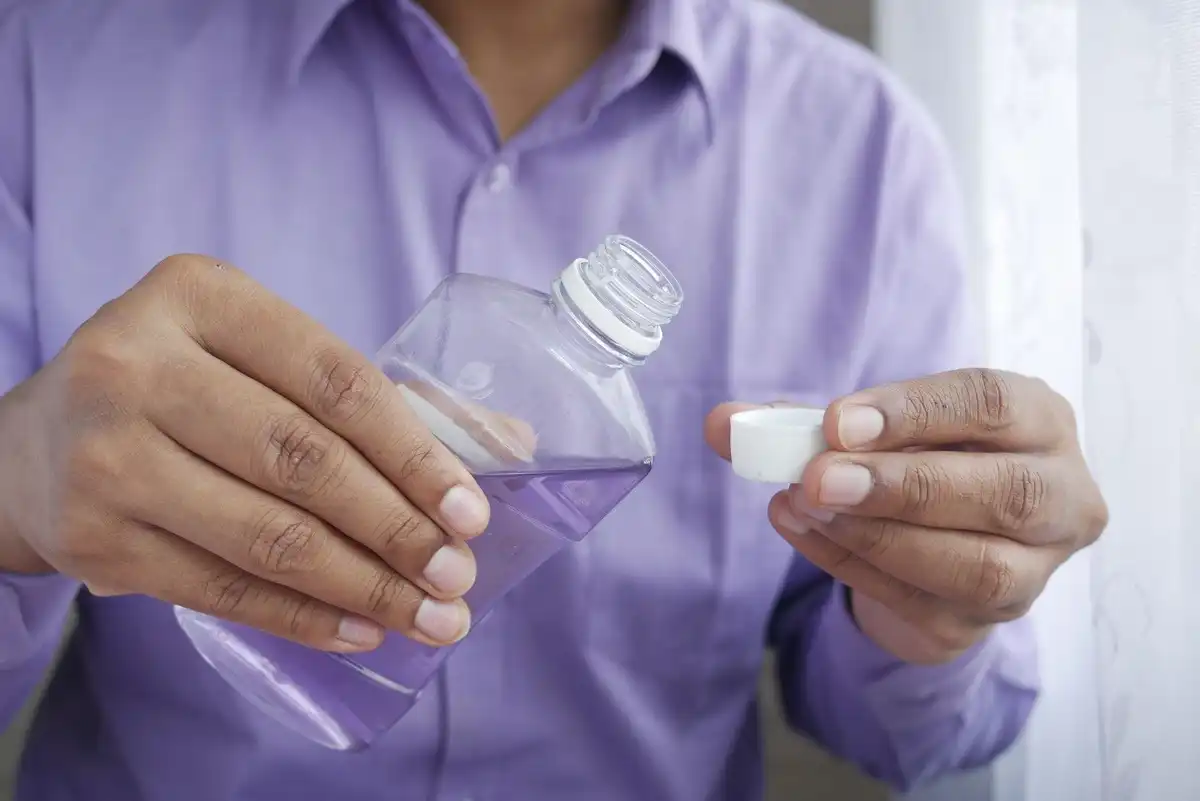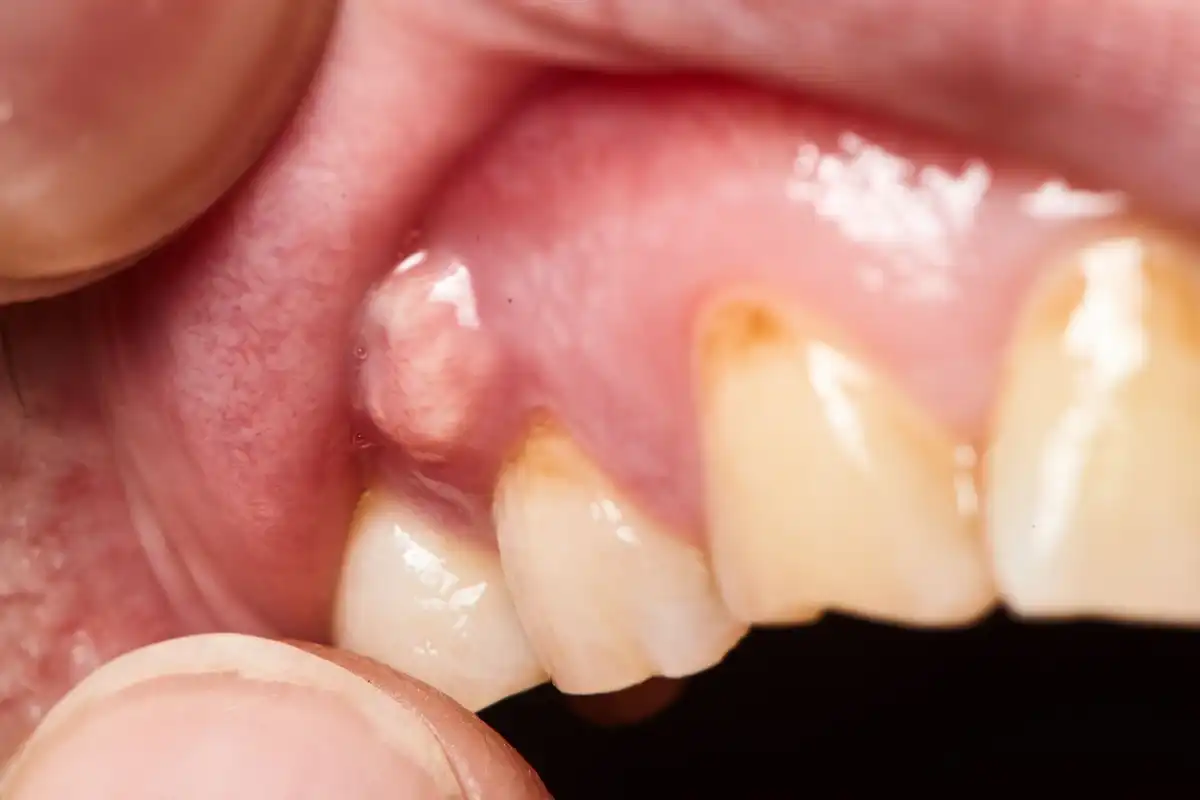Sinusitis Tooth Pain: Causes & Treatment

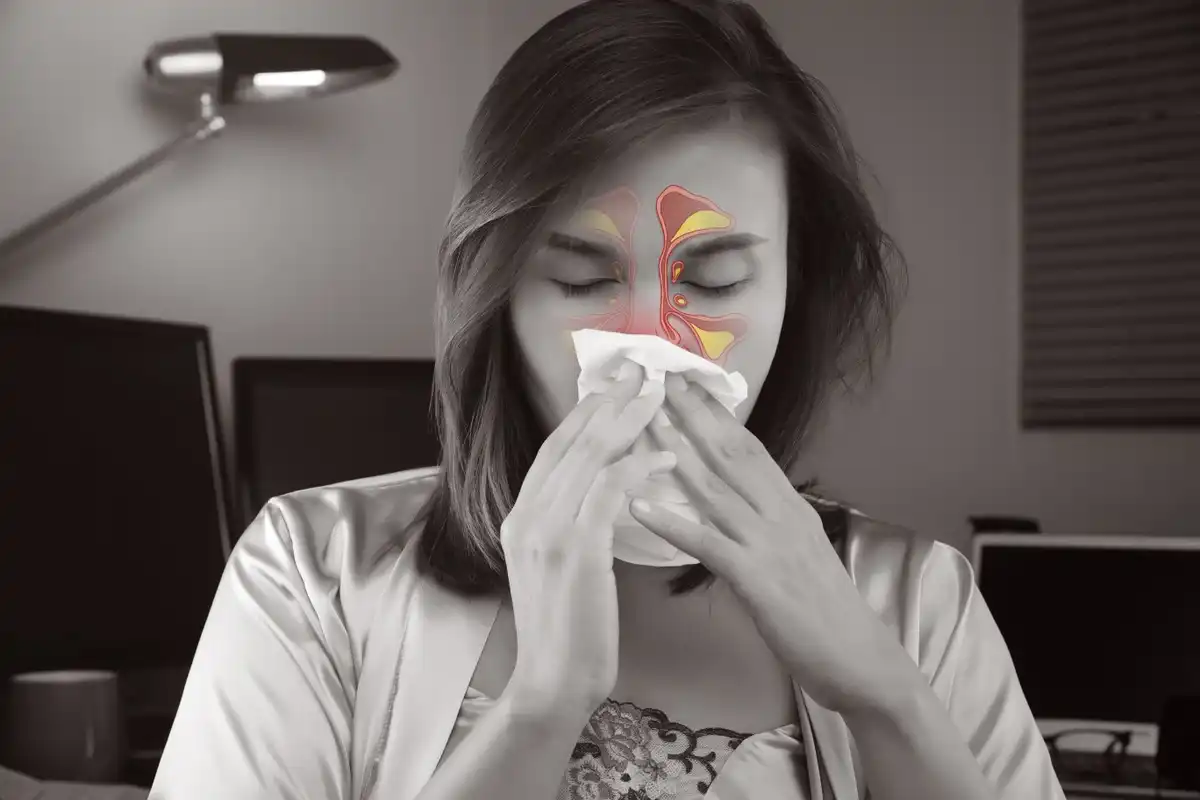
Have you ever had a toothache after a dentist appointment? At your checkup, your dentist gave you a clean bill of health. So, what on earth could be causing your tooth pain?
Can a sinus infection cause a toothache? If it’s one of your upper teeth that’s hurting, it might not be your tooth at all. It might actually be sinus pressure causing “referred pain” in your tooth. It feels just like a toothache and you might not even have sinus drainage.
Understanding the signs and symptoms of a sinus toothache can help you avoid an emergency trip to the dentist and get timely pain relief.
Sinusitis Tooth Pain Symptoms
The most prevalent sinus toothache symptoms include signs of:
- sinus pain or pressure
- headache
- noticeable pressure when you bob or tilt your head
- relief with allergy, antihistamine, or decongestant medication
- no visible infection or fractures to the tooth
- feels worse when you change your position
Sinus toothaches typically catch most people off guard. If you’re someone that takes great care of your teeth but are experiencing occasional sinus pressure, the last thing on your mind is probably that your allergies are causing your tooth pain. Finding out that your symptoms are sinus-related is typically a big relief! It’s usually easier to manage sinus pressure and congestion than it is to start treating a toothache.
What Causes Sinus Tooth Pain?
Sinusitis tooth pain is fairly straightforward. Your nasal sinuses become swollen or congested, leading to inflammation above your teeth. And since your upper teeth often rest directly next to your nasal sinus cavity lining, the pressure can cause your sinuses to press directly into the tooth roots themselves.

Usually, a sinus toothache will be most evident in your upper canines (eye teeth), premolars (bicuspids), or first molars. Since these teeth are closest to your nasal cavities, they’re more prone to what we call pseudo-toothaches. Canine teeth have the longest roots of all, so they may be especially prone to sinusitis tooth pain.
The Sinus And Tooth Connection
Your upper tooth roots lay directly next to or underneath your sinus lining. In some cases, you can even take an X-ray and see the sinus lining draped up and down over the roots as it lays on top of them. Since your nasal sinuses fill the entire area above the roof of your mouth, and since your upper back teeth have 2-4 roots each (except for canines, which have one) there are — you could say — well over two dozen different root tips that could potentially be pressing into your nasal sinus lining.
Difference Between A Regular Toothache And A Sinus Toothache?
Sinus toothaches can be alarming, because they often feel like a regular type of toothache caused by dental infections. But if you know that your mouth is generally healthy, it’s not normal for a traditional toothache to appear out of nowhere.
Keep in mind, sinus toothaches do not affect lower teeth. So, if it’s a bottom tooth that hurts, you can rule out the chance of it being sinus-related. Additionally, normal toothaches tend to be most evident when you’re eating certain foods, drinking something hot/cold/sweet, applying pressure to the tooth, or if there is a visible abscess on the gums near the root area.
How To Treat Sinusitis Tooth Pain
Even though your tooth probably hurts similar to a dental abscess, you’re going to want to treat your sinuses instead. Remember, referred pain is when another area is hurting but it causes symptoms that feel like your tooth is in pain (when it really isn’t.)
The first thing you want to do is figure out if you have allergy issues or it’s more of a sinus infection. If it’s the latter, your doctor may need to call in an antibiotic. But usually you can take an over-the-counter allergy medication and decongestant to relieve the initial pressure. The decongestant will help to relief some of the pressure from inside of your sinuses.
If you tend to get hay fever, take allergy medication proactively before it turns into a full-on sinus infection. Keep in mind that xerostomia (dry mouth) is a common side effect of most allergy meds and decongestants, as they slow down your saliva production. If you need to take one for a long period of time, work with your dentist to find a fluoride supplement that keeps your teeth strong.

Soothing Sinusitis Tooth Pain
Always take medication as directed. Most pain relievers will last up to 8 hours or more, but a decongestant may need to be taken as frequently as every 4 hours. Try to set a timer to remind you when to take the next dose, as you may keep seeing flare-ups until the overall sinus pressure is eliminated. Be careful about taking decongestants before bedtime, as they can sometimes cause difficulty falling asleep.
Some people also get relief by using nasal flush systems such as a Neti Pot. Keep in mind that those types of nasal irrigation systems require specific steps and hygiene measures (such as using distilled, bottled water) so that you don’t actually make the sinus infection worse.
If you have a chronic sinus infection, no amount of over-the-counter treatment is going to help to clear up the pain. At that point the best thing to do is to schedule an appointment with your primary care physician — or even a Telehealth appointment over your phone — to discuss getting some prescription-strength sinus medication.
When To See A Doctor
As with any type of a health condition, you need to see your doctor or dentist if symptoms don’t resolve with home care. Assuming you’ve ruled out that your sinus toothache is caused by a dental infection, over-the-counter treatment can usually help you to “get in the clear.” But if things don’t improve and you’re several days into sinusitis symptoms, you have to take steps to ensure it doesn’t evolve into a sinus infection.
Fortunately, you may not actually have to step foot inside of a doctor’s office. These days, health apps and other types of telemedicine platforms make it easy to virtually “see” a medical provider and get a prescription, if appropriate. Sinus infections are a common example. If it’s severe and your symptoms have progressed over several days, it’s likely that they’ll prescribe both an antibiotic and a strong decongestant.
Assuming your sinus infection clears up but your tooth still hurts, it’s best to go ahead and see your dentist for a limited exam. They’ll take a small X-ray (“PA”) of that specific tooth to get a look at the root anatomy and see what’s going on.
Overcoming Tooth Pain Form a Sinus Infection
Sometimes it’s possible to get a toothache without anything being wrong with your tooth. How? Because sinus pressure is pushing against the root and nerve coming out of your tooth. Sinusitis tooth pain feels like an everyday toothache, but without any cavities, hot/sweet sensitivity, or cracked teeth. Fortunately, it’s possible to treat it by treating the sinus issues themselves. Usually, that involves an allergy medication or decongestant. If your sinus pain is severe or evolves into an infection, it’s time to see your doctor.
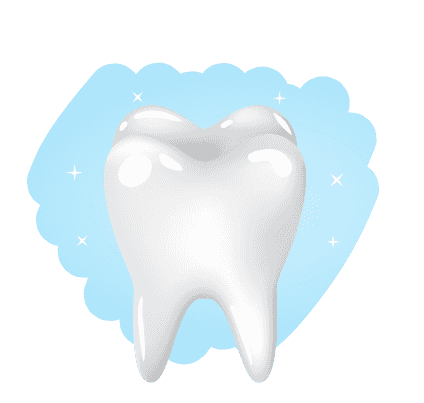
Make your inbox smile!
Subscribe

